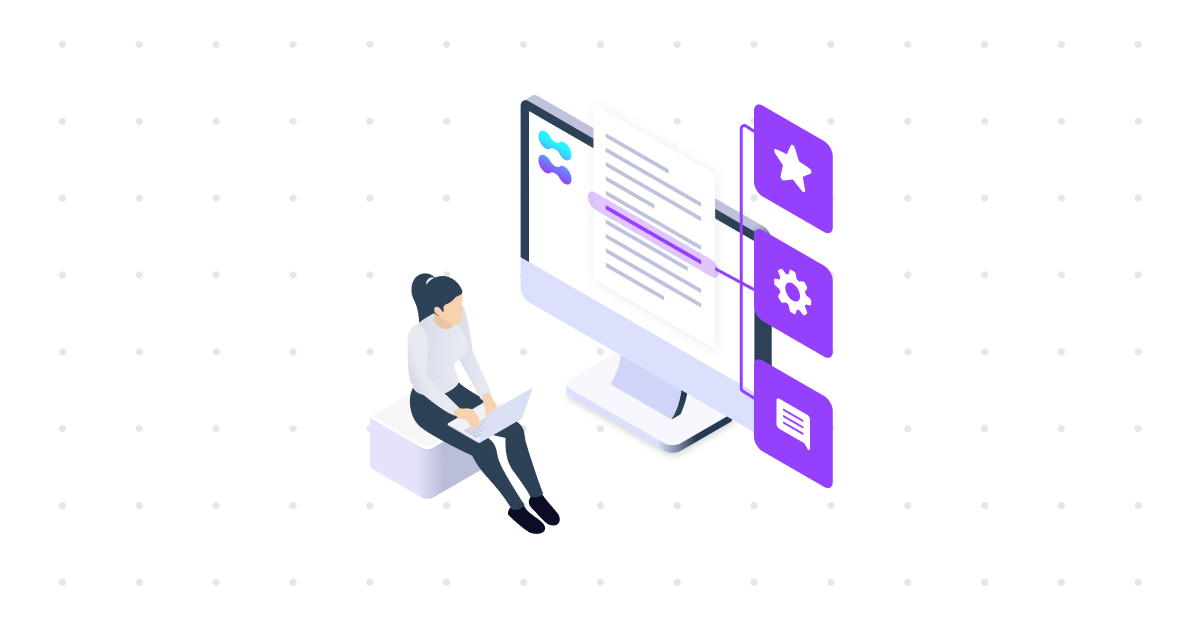Unleashing the power of Interoperability
- Insight
The modern IT landscape of organizations depends on multiple software collaborating as a process. Each software works differently and stores data in its own formats, impeding smooth information exchange both internally and externally. This is why the concept of interoperability is receiving increasing attention. But what exactly is interoperability, and how can it future-proof your organization?
Interoperability, the game changer
Interoperability refers to the ability of systems to seamlessly communicate and exchange information between different software tools, using the shared data effectively. For successful data sharing, however, it is crucial to ensure that all involved systems and databases can understand and process each other’s data. This compatibility allows systems to freely use the information exchanged and eliminates the limitations of incompatible infrastructures.
Did you know that data interoperability was one of the core ideas that inspired Tim Berners-Lee in
creating the World Wide Web during his time at CERN in the 1980s?
An analogy for better understanding
To understand the essence of interoperability, let’s draw an analogy of people from different countries interacting with each other. To communicate effectively, they must speak a common language. Without this, communication becomes impossible between someone who speaks Chinese and someone else who speaks Spanish, for example. Similarly, when it comes to exchanging information between different systems, interoperability ensures that data can be exchanged and used seamlessly, without infrastructural barriers.
Interoperability in practice
The benefits of interoperability are tremendous, not only for individual organizations, but also for partnerships within industries. It simplifies data sharing within supply chains and facilitates seamless collaboration between organizations working on projects. Industries such as Architecture, Engineering and Construction (AEC) are increasingly embracing interoperability because of their project-driven nature and the need for smooth collaboration between different stakeholders.
Typically, data in the AEC industry is generated and interpreted using different software from different vendors using different structures, such as ERP or BIM tools. With interoperability, different software can intelligently interpret and share this data, preventing information loss and time-consuming data migrations between software systems due to differences in processes and software structures.
This, together with the increasing complexity and changes in the AECO work field, makes it increasingly complicated to keep a grip on projects. It is therefore advisable to shape future-proof information management and data exchange on the basis of interoperability.
How important is interoperability?
Interoperability allows organizations to streamline their workflows, be more agile and automate their processes, and communicate and collaborate with different technologies. It is critical in many areas and for many stakeholders, especially in industries where different organizations must work together to achieve desired results.
A company should consider interoperability if it wants to work more efficiently, satisfy its customers and stakeholders, drive innovation and have a relevant and long-lasting impact. It also enables communication between stakeholders and avoids time-consuming and tedious data translation processes.
Case study: Gain in efficiency with data exchange within the supply chain
Do you want to learn more about how the Laces Suite helps you promote interoperability and easily share information between different software? Download the case study below! This case study will reveal what challenges a grid operator had to keep up with the energy transition and how Linked Data helped in getting the job done.
Interested? We totally understand. Complete the form to receive the white paper.
Want to know more? Schedule a 45-minute demo.
Extracting Specifications from Documents: Manual vs. NLP-Based Extraction
Extracting, interpreting, and applying specifications from technical documents, like standards, contracts, or regulations, is often a necessary but painstaking part of project or product management. Traditionally, this has been done manually, but recent advances in Natural Language Processing (NLP) have opened up new, intelligent alternatives. In this blog, we’ll explore the differences between manual and […]
ReadWhat is the difference between Ontologies and Object Type Libraries (OTLs)
In today’s data-rich environments, organizations face growing pressure to improve their information management and data exchange. Two essential concepts that support this are Ontologies and Object Type Libraries (OTLs). Both are foundational to structuring and standardizing data. While they have different emphases, they are not opposites. Instead, they often work hand-in-hand. Understanding their roles and […]
ReadWhat’s Inside an Object Type Library? Understanding OTL Contents and Scope
When you first hear the term Object Type Library (OTL), it might sound like a technical catalog or something buried deep in the domain of data specialists. But a well-defined OTL can make life easier for everyone who works with data, especially those designing, building, or maintaining complex systems. From engineers and asset managers to […]
Read


